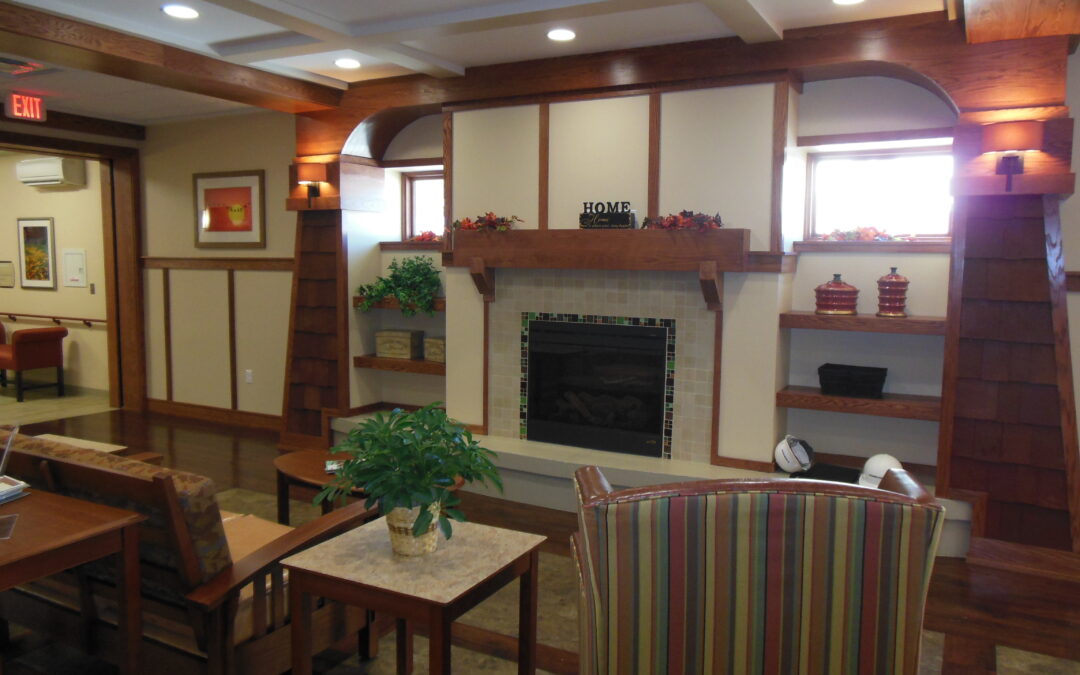
by Ryan | Jul 29, 2014 | Church Design, Design News, Home Design, Project Management, Retail Design
r.o.i. Design has a very friendly relationship with and sincere respect for architectural design, although we are not architects. Some of us have had training in interior architecture, but mostly we are known for our creativity, our process and our desire to deliver a “return on investment”. We do help our customers procure the architectural services they need for their projects and can manage the process of delivering the design when it is appropriate.
CLICK HERE to see our services and all that we do.
We have designed commercial buildings, store facades, homes, and a variety of office and store remodels for contractors and business owners. In these cases, we hire architects to review our drawings, add code language and seal our drawings. Two small architectural firms with whom we have a long history of working together are Architectural Concepts (Ken Watkins) and TJA Architecture (Tim Allspach).
Most recently we assisted Gerrit’s Appliance with the planning of their Kentwood showroom, planned by fall of 2014 and Williams Kitchen and Bath with the planning of their new Plumbing Showroom. We also are working with developers of mixed used spaces helping them design (or redesign) their new spaces from buildings that were formerly commercial or industrial, turning them into retail and office spaces.

Modern home remodel we designed with Bruce Heys Builders
We also have designed homes under 3800 square feet working with builders. We are very proud of the home we designed for Bruce Heys Builders that converted a 70’s ranch to a modern home suitable for years to come.
If we were approached with a larger project, we would contact our friends at HDJ Architects (David Layman and Eric Maring). We have partnered with HDJ on the Double JJ Ranch and Golf Resort in Rothbury MI, a variety of Michigan credit unions and most recently Meadow Brook Medical Care Facility in Bellaire MI.
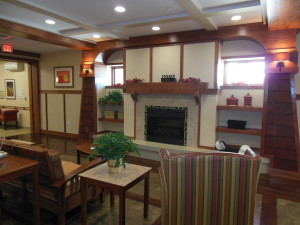
Meadow Brook Medical Care Facility, designed with HDJ Architects
When churches call us, we prefer to partner with Elevate Studio (Steve Fridsma & Jim VanderMolen). Steve reminded us that when he was a student he attended an event that toured our company, Designers Workshop, and we had our first professional project with him when he was with Progressive Architecture.
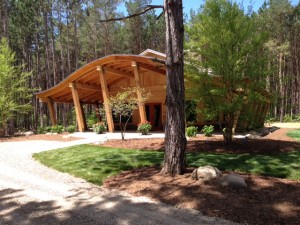
Welcome Center at Sojourn Lakeside Resort in Gaylord
There have been situations where a client comes to us to create a concept. They prefer to take the concept from us to a local architect in their region to create construction documents. This was the case for the Welcome Center at Sojourn Lakeside Resort in Gaylord for the Lambert Family.
Never before has architecture and interior design been as integrated as it is today in our society and industry. Our customers realize the value of bringing us in at the architectural conceptual stage as we identify, from the beginning, how people might interact with the space. Interior design and architecture impacts behavior and as spaces are imagined, we assist the design team in keeping the customer experience in mind.
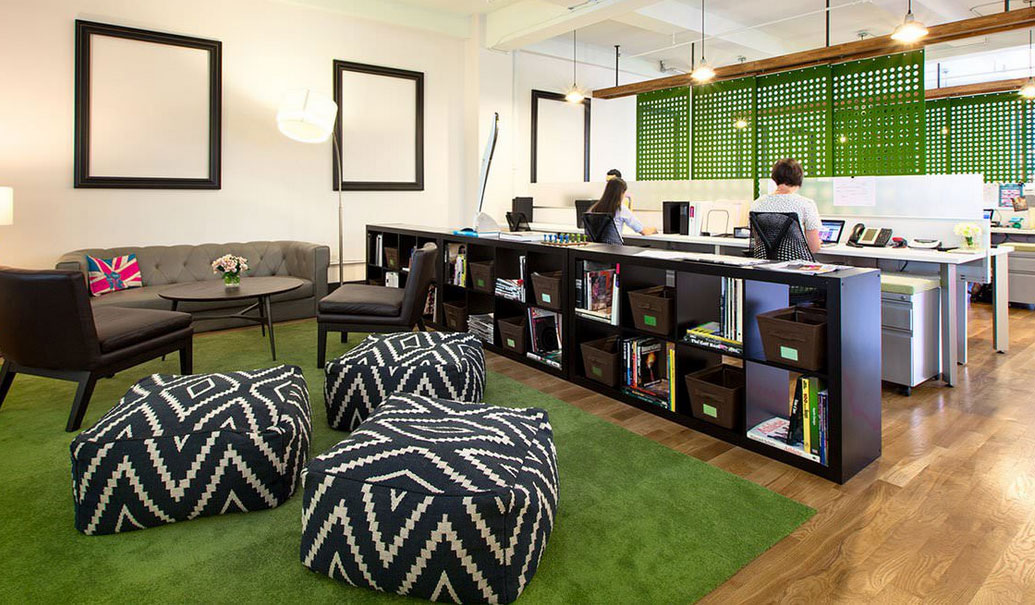
by Mary | Jul 29, 2014 | Design News
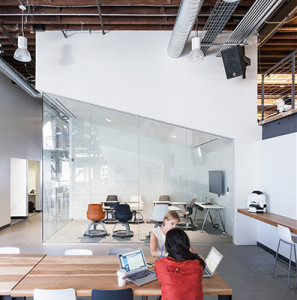 There are trends in everything, and employees are looking for a broader variety of options of work spaces to pick from based on the work they are doing and their experience outside of work.
There are trends in everything, and employees are looking for a broader variety of options of work spaces to pick from based on the work they are doing and their experience outside of work.
This trend sees a revolt against totally open offices or workplaces that don’t offer more than one way to work. The really cool places to work, i.e. Google, Zappos, Capital One, etc., are landmarks for today’s workforce who see how others work and want their employers to explore the options.
Ten to fifteen years ago, the economy was seeing less and less of a need for middle managers. There was a push toward group management, peer management, and self- directed work. That meant teams had to learn how to work with less supervision but with more transparency. In response, office design saw systems furniture walls get lower or disappear. The economy after 2005 was less than bullish, so owners and managers were shrinking the spaces they worked in even when they didn’t “downsize” the workforce.
Somewhere around 2008, we had small, open offices and a growing number of shared spaces. Collaboration and innovation were the buzz words that eclipsed teamwork and self-direction. We lived through the phase when supervision was reduced and we had to be more accountable, but our business cultures wanted us to do more, be more creative and work together too.
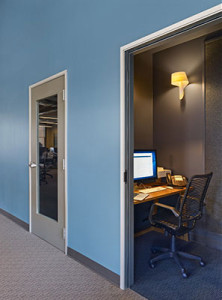 Today’s business culture is asking employees to do more. Technology has made this possible and the workforce is adjusting to a different pace. Healthy environments understand how people work best and consider their needs to: be productive, meet goals, be visible, mentor, report, be accountable, collaborate and communicate.
Today’s business culture is asking employees to do more. Technology has made this possible and the workforce is adjusting to a different pace. Healthy environments understand how people work best and consider their needs to: be productive, meet goals, be visible, mentor, report, be accountable, collaborate and communicate.
At NeoCon 2014, Steelcase pronounced “Privacy: The Next Office Crisis”. They developed products that create acoustical and visual separation. Haworth and Herman Miller have been introducing open space private meeting areas that have the equivalent of wings or shields that have adaptable parts to help the users to feel more or less “open”. Haworth and Herman Miller were subtly promoting that if a team had a high level of trust, walls didn’t have to be built. They continue to invent environments that promote people working together and compromising autonomy for “cool”.
So what does the small business owner without a budget for one of the Big Three’s furniture solution do? r.o.i. Design is working with a variety of customers tackling this dilemma and have seen the following to be successful:
- Communicate with your group that you know it probably is time for a change in the office and that you are thinking about it. Be open to their ideas and casual discussions around the office. DON’T hold a town hall meeting, don’t set yourself up for a deadline and a transition you can’t promise.
- Identify other offices/workplaces that you like how they work and feel in your region. Talk to your team about them. DON’T compare yourself to Silicone Valley if you are in the suburbs of a Midwestern town. Understand what the other employers in your industry are doing in your area.
- Hire someone like r.o.i. Design to meet with you and help you start to imagine and understand what some of the options could be for:
- Adjacency – who is sitting next to who, who is supporting who, who are natural leaders and where is there cross-pollination.
- Clear roles of spaces-what is private, what is shared, what is collaborative, what is casual, what is formal etc.
- Reasonable and feasible budgets and timelines to create enough meaningful change.
- Once there is more of an understanding of what is needed, research how to get there. This is when you contact contract office suppliers and re-sellers. Remember the companies that sell furniture as their main business, may not be as open to a phased equipment purchase and may not see the value of making changes in the environment using existing furniture.
- Communicate with your team as to what you discovered and manage expectations for change. Include enough of the employees in the actual planning to facilitate “buy-in”.
- Treat the change as a management opportunity and pay attention to how your team responds. Reward them for helpful behaviors and attitude.
- Stay flexible, and execute 80% of your ideas. A new trend will start showing up in five to ten years and office remodeling will never be completely, “done”.
The reward of creating spaces that support the needs of employees is way beyond the investment in design fees and equipment if you can get through a planning process something like what is described above.
There is a balance between making enough office changes to indicate your commitment to support real performance change and only making token changes that don’t really solve some of the new issues arising in the workplace. Do something, do enough, but don’t break the bank.







